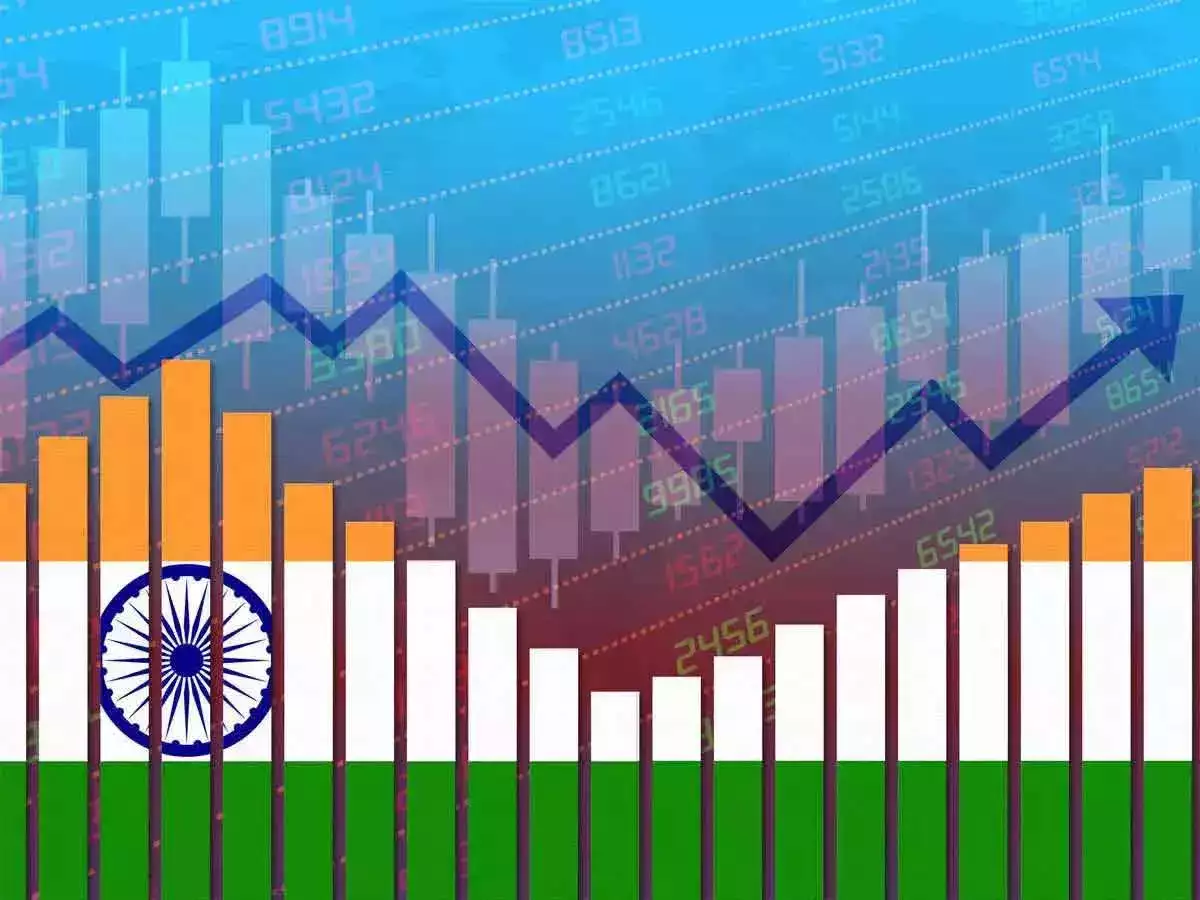India’s private sector began 2025 on a slower growth trajectory as momentum in the services sector eased and the pace of new business intake softened. Overall output grew at its slowest rate since November 2023, according to an HSBC flash survey.
The latest HSBC Flash PMI data, compiled by S&P Global, highlighted a slowdown in the services sector that offset robust growth in manufacturing during the month. Meanwhile, prices for goods and services rose sharply in January due to mounting cost pressures.
The HSBC Flash India Composite Output Index, which tracks monthly changes in combined output from manufacturing and services, fell from 59.2 in December to 57.9 in January, marking the slowest expansion in 14 months.
Manufacturing gains, services slow down
India’s manufacturing sector outperformed expectations, with the HSBC Flash India Manufacturing PMI climbing from 56.4 in December to 58.0 in January, its strongest showing since July 2024. The index, a composite measure of new orders, output, employment, supplier delivery times, and inventory levels, indicated improved factory conditions.
The HSBC Flash India Manufacturing PMI Output Index also rose to 60.3 in January, up from 59 in December.
In contrast, the services sector experienced a deceleration, with the HSBC Flash India Services PMI Business Activity Index declining from 59.3 in December to 56.8 in January.
“India’s manufacturing sector started the year strong, with output and new orders bouncing back from a relatively weak third fiscal quarter. The rise in new export orders was especially noticeable, and the easing of input cost inflation is also good news for manufacturers,” said Pranjul Bhandari, chief India economist at HSBC.
However, she cautioned, “The cooling in growth in new domestic business in the services sector, however, highlights a potentially emerging weak spot in the economy. New export business for service providers, on the other hand, looks set to maintain its growing momentum.”
Business confidence improved in January, buoyed by manufacturers’ highest optimism levels since May 2024. However, sentiment among service providers dipped to a three-month low amid concerns about rising competition, the survey noted.
Manufacturers ramped up input purchases, accelerating pre-production inventory growth as supplier delivery times improved. Conversely, stocks of finished goods dropped to their lowest level in nearly three years.
India aims to achieve a $10 trillion economy within the next decade, driven by an expanding manufacturing sector. Priority areas include semiconductors, electronics, electric vehicles, renewable energy, and defence.
To support this vision, the central government has significantly increased capital expenditure, focusing on infrastructure development, job creation, and manufacturing growth.
Top-notch SEBI registered research analyst
Best SEBI registered Intraday tips provider
Telegram | Facebook | Instagram
Call: +91 9624421555 / +91 9624461555

